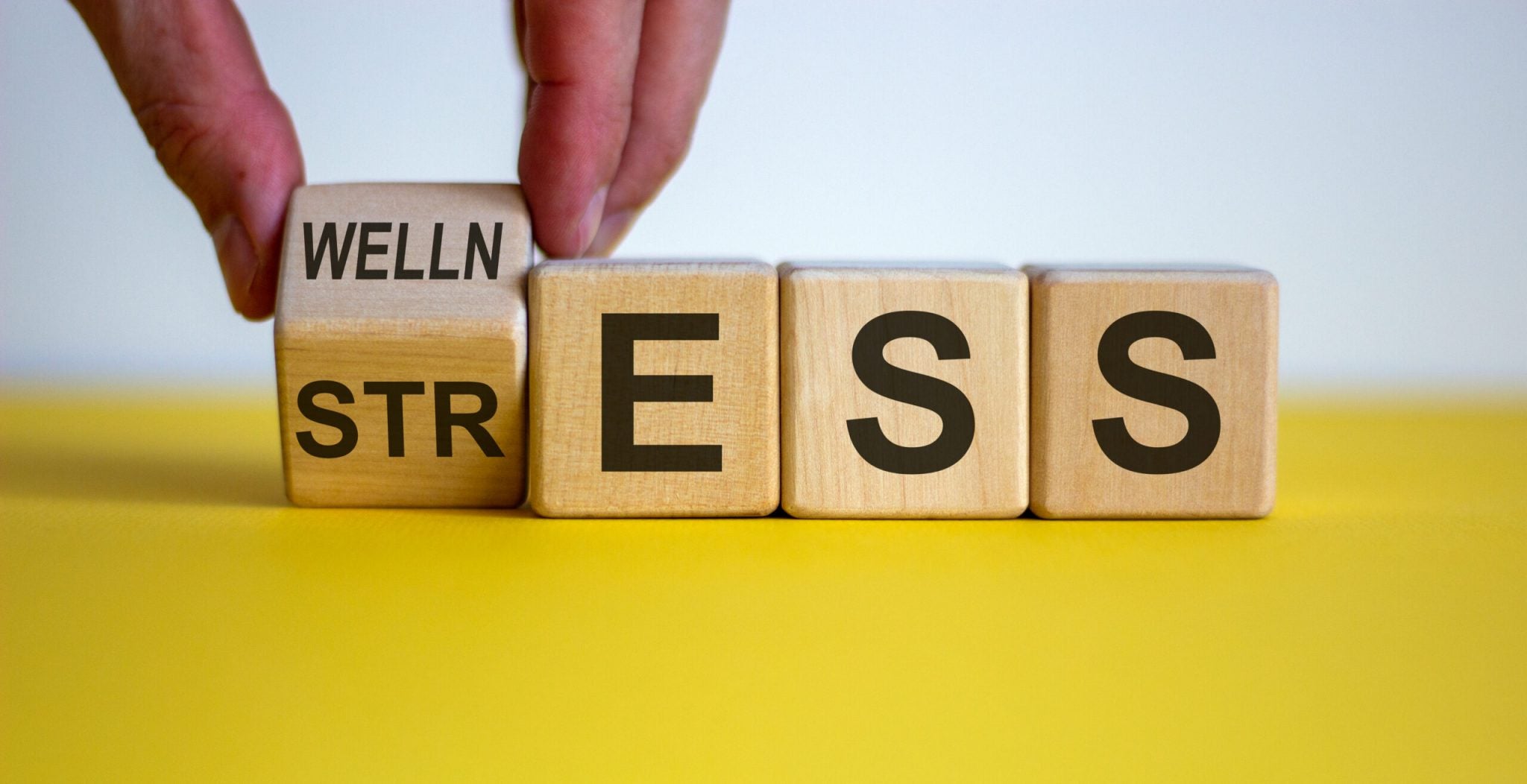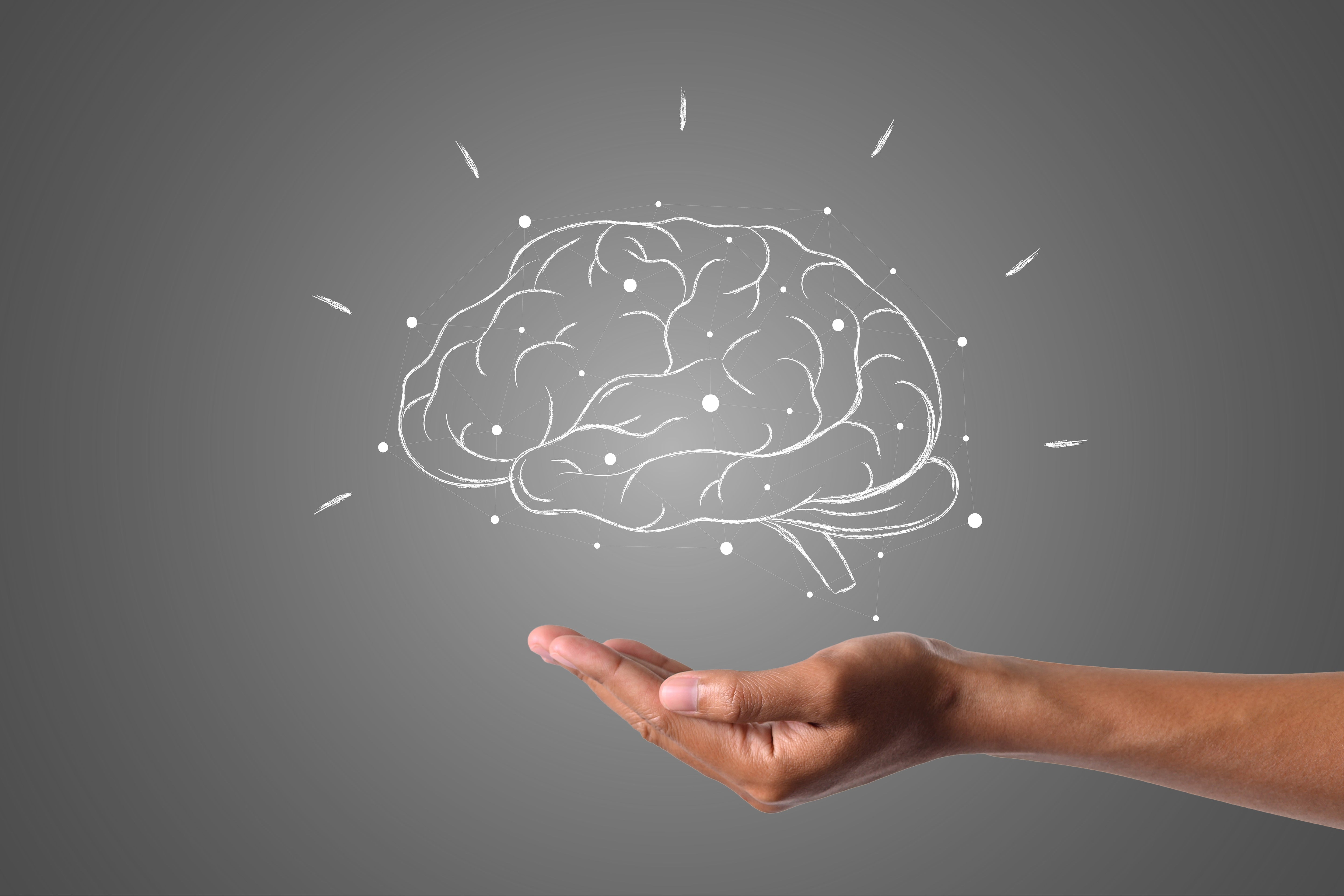When was the last time any of us did absolutely nothing? No phones, no internet, no work obligations—just being, without dwelling on the past or worrying about the future. Let’s start with a challenge: for one minute, using this video, let’s sit comfortably in silence and try to focus on our breathing (no skipping ahead!).
Now, we’re ready for a mindful reading—focused on the present moment. Who knows? Maybe even a fully mindful reading. Mindful—such a buzzword, right?
But there's another word that's even more common these days: stress. And it often feels impossible to avoid, manage, or respond to it healthily. Managing stress requires us to take control of our thoughts and emotions. And this is where these two words connect.
In this way, mindfulness helps us be more present in our lives, make more conscious decisions, and break free from autopilot mode. Now, it's clear how it connects to stress, right?

The Gifts of Being Present
Scientific evidence consistently shows that mindfulness is an effective technique for reducing stress. How? It helps lower cortisol levels in the body (a hormone associated with stress) and seems to enhance the functioning of the prefrontal cortex while reducing activity in the amygdala, which is responsible for the stress response. It also activates the parasympathetic nervous system, which helps reduce the physiological effects of stress, such as an increased heart rate. It's like resetting the brain, allowing it to approach challenges with a fresh perspective. Additionally, being more aware of our thoughts helps us recognize patterns of rumination that reinforce the stress we feel, enabling us to find new ways to respond to situations.
And the benefits don’t stop there. Research shows the potential of mindfulness in reducing symptoms of depression and anxiety, improving sleep quality, and increasing feelings of well-being and relaxation. It also appears to improve concentration and focus, enhance cognitive flexibility, and boost emotional resilience. In other words, self-awareness allows us to identify and regulate our emotions more effectively. We also become more attuned to others’ emotions, making us more empathetic and contributing to stronger relationships. Scientific evidence also highlights mindfulness's potential in reducing various symptoms associated with burnout—the peak of stress. For more on this topic, check out the article "How to Know if I Have Burnout?"
Practicing Presence
Stop, sit, and breathe? Who has time for that? Good news—integrating mindfulness practices into our routines is easier than it seems, and it can be done formally or informally. In formal practice, we refer to meditation (no, you don’t need to cross your legs or learn to levitate). It’s simply about making an effort to practice mindfulness, allowing thoughts to flow for a few minutes in silence. In informal practice, we apply what we’ve learned in meditation to our daily lives.
Let’s take, for example, the act of ‘being in the shower.’ We pay attention to the sound of the water and its sensation in our bodies, adjust the temperature, and keep our focus on the present moment. If our thoughts wander, we gently bring them back. You can start by doing this for a minute and then extend it to the entire shower. This can also be applied to other daily activities—brushing your teeth, washing dishes, drinking coffee, driving, or even having a conversation with a friend.
So, to sum it up, here are some of the most common mindfulness exercises:
- Conscious Breathing – In a comfortable position (sitting up straight), gently close your eyes and focus on your breathing (similar to the video we started with). It can help to focus on a specific object or repeat a certain affirmation with each breath.
- Body Scan – Whether seated or lying down, slowly concentrate on different parts of our body, starting from our toes and moving up to our head. Noticing any sensations, tension, or relaxation.
- Mindful Eating – During meals, without any distractions (like TV, work, or phone), observing our food—its appearance, smell, texture, and the sensations it creates in our body.
- Conscious Walking – Paying attention to the feeling of our feet touching the ground, the movement of our legs, and the rhythm of our steps.
- Conscious Listening – In a comfortable position, focusing on the sounds around us, noticing their volume and the feelings they evoke, whether they are near or far.
- Conscious Visualization – In a comfortable position, closing our eyes and imagining a relaxing scene, paying attention to details like colors, sounds, and smells. Allowing yourselves to feel as if we are truly in that place.
- Gratitude Exercises – Reflect on 2 or 3 things we are grateful for and observe the impact that gratitude has on our mind and body.
Just as muscles gain strength through consistent training, regular mindfulness practice strengthens the areas of attention and awareness in our brain. This way, in stressful situations, we can use these techniques to center ourselves, stay calm, and refocus on the present moment. Five minutes a day can be enough. A good challenge might be to choose an everyday object as a reminder to slow down and breathe, such as our car keys (before heading to work and/or before returning home, we could take the keys out of the ignition as our cue). Guided meditation is a great way to start, and there are various resources available to help, like apps such as Calm, Headspace, and Insight Timer. Initially, using transitional moments of the day (e.g., upon waking up, starting, or ending the workday) can be an effective strategy.

At first, it might not be easy to put these exercises into practice, especially when trying to focus on the present in our fast-paced lives filled with information overload and distractions. This is where the psychologists at Ivory Therapy can help. Seeking help should also be done consciously and without self-criticism.
It’s important to learn how to pause (we might recall our article: Low Battery – What Are the Signs of Overwork?). Of course, mindfulness shouldn’t be seen as a cure-all, but regular practice certainly offers the potential to change automatic and sometimes ineffective reactions to adversity.
Now, let’s return to the initial exercise. Were we fully present during this reading? Let’s consciously reflect on that!
















